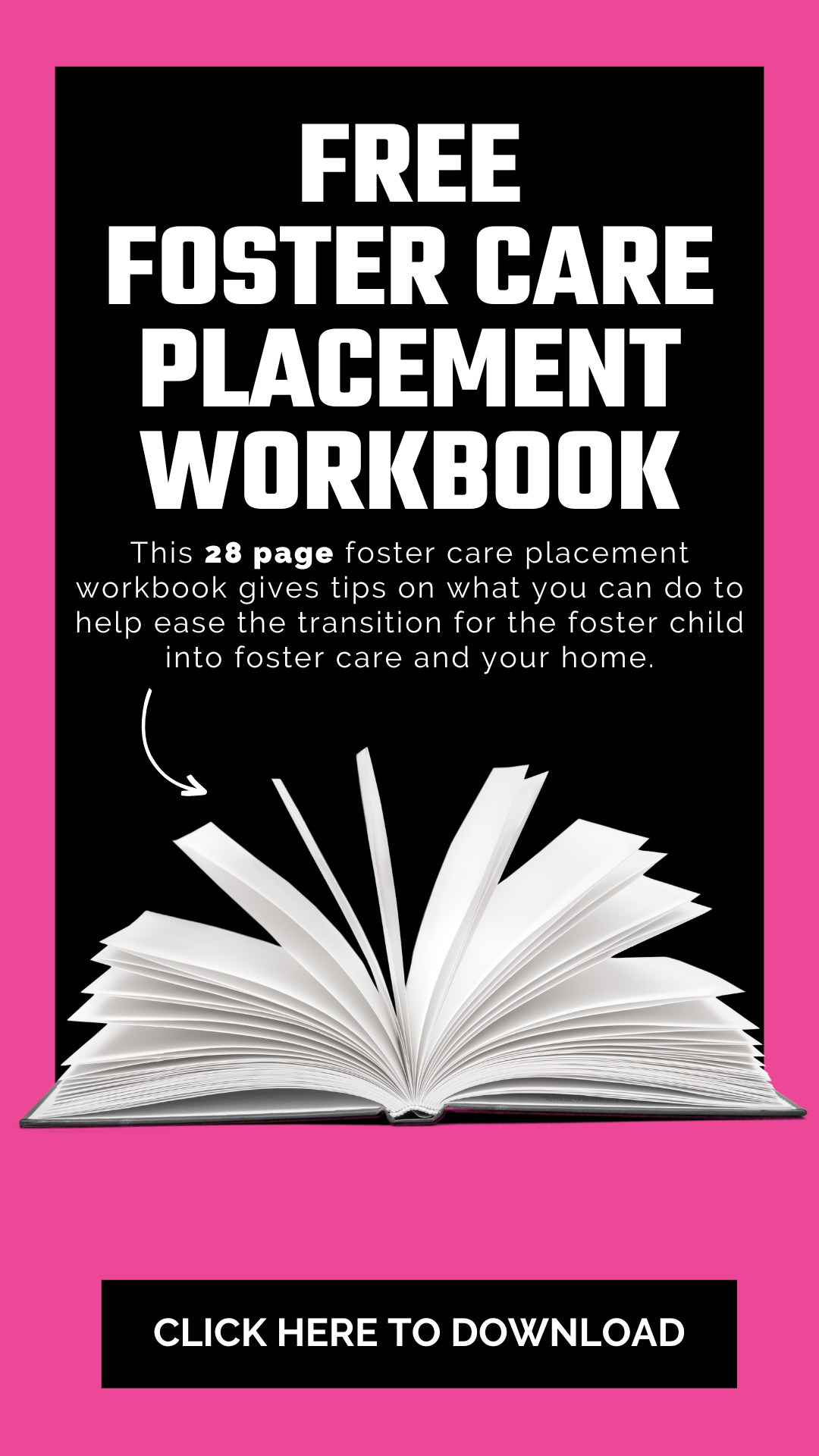
Imagine what feelings you might experience if you found yourself in this scenario:
Someone you don’t know has picked you up from your home without notice, and you’ve had to leave your parents, siblings, friends, most of your belongings and beloved pets behind. This stranger has taken you to another community with the explanation that you can’t remain with your own family and so you’re going to live with a new one. Imagine your feelings as you pull into the strange driveway, and walk up to the front door of a home that you don’t recognize. Upon entering, you’re informed that the people inside (who are delighted and excited to see you), are now your ‘new’ family. Someone whisks your belongings out of sight, and you don’t know where they’ve gone.
What a mix of emotions!
Empathy is the ability to identify with the thoughts and emotions that another is experiencing from their point of view, rather than your own; you “sense” or “know” what someone else is probably thinking and feeling given the circumstances. As a foster parent, the skill of empathy allows you to understand and be sensitive to the rollercoaster of emotions a child is experiencing on that first day, so that you can manage your interactions and respond in a way that lets them know that you understand how hard it is. Anticipating those thoughts and feelings, and being responsive to them helps to create a nurturing and supportive atmosphere to ease their transition.
First Day Tip #1: Establish a Warm Welcome
Arriving at a foster home is a frightening experience for most children unless the empathetic foster parent takes active steps to recognize those feelings and address them. It helps the transition to be less overwhelming when you create a calm, warm and hospitable environment with your undivided attention. As you welcome the child, note whether or not they have personal belongings. Allow them to hang onto whatever they’ve brought into the house, since many children feel attacked when their “stuff” is taken right away.
Invite everyone to sit in a comfortable location (for example at the kitchen table, or on the couch in the living room). Offer an introduction of each household member by name and age (even those who aren’t present); you can share a little bit about each, but try to keep it simple. Ask the child what they would like to be called. Give them some suggestions about what they might call you. (We do not recommend suggesting mom or dad at this point. Perhaps just your first name, or your first name with the prefix of ‘Aunt’ or ‘Uncle’.) It’s important not to talk about the child’s circumstance with the social worker who’s brought them as if they’re not in the room. Ask both child and social worker if there are any allergies, or medical issues, special needs or if there’s any medication or upcoming appointments you need to be aware of (sometimes the child knows information the social worker does not!)
At this point, social workers and the foster parents usually begin the process of completing paperwork. Before getting started ask if the child is hungry or thirsty or requires the bathroom. Once that’s out of the way, it’s recommended that you invite the child to sit with you while paperwork is done so they don’t feel as alone. In some cases depending on the age of the child, touring the home and allowing them to wait in another room such as their new bedroom while paperwork is completed is acceptable.
In all cases, in the presence of the child, ask the social worker if and when the child can make a phone call to a family member, and how soon they might be able to visit with family members. It’s important for the child to hear this question and the response!


